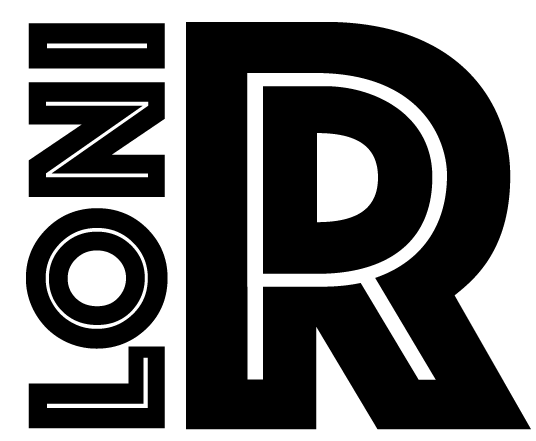Vermian Lobules
Midline cerebellar anatomy was traced arbitrarily as the two most midline slices for each hemisphere and segmented into two vermian regions: lobules I-V and VI-VII (Fig. 1). Lobules I-V included all cerebellar matter above the primary fissure. Lobules VI-VII included all cerebellar matter between the primary fissure and the posterolateral fissure.
Archicerebellum
The archicerebellum was segmented as the nodules and the flocculi. The flocculonodular complex was traced starting in the coronal plane in the most anterior aspects of the cerebellum (Fig. 2). This complex could be seen just below the middle cerebellar peduncles and was separated from lobules VI – VII by the posterolateral fissure.
Paleocerebellum
The anterior lobe or paleocerebellum included all cerebellar matter superior or above the primary fissure. Tracing began after the two slices lateral to the most midsagittal plane of the cerebellum and used the primary fissure as the most superior (upper) boundary of the neocerebellum in the sagittal plane (Fig. 3). Tracing continued laterally 2-4 slices to demarcate the boundary for further drawing in the axial plane (Fig. 3 and Fig. 4). The axial viewing plane was subsequently used to trace in all of the cerebellar matter above the primary fissure and continued until the primary fissure could no longer be seen (Fig. 5).
Neocerebellum
The posterior lobe or neocerebellum was segmented into four regions using the primary, superior posterior, and horizontal fissures.
Region 1
The quadrangular lobule (posterior portion) included all cerebellar matter between the primary and superior posterior fissures. Tracing began two slices lateral to the most midsagittal plane of the cerebellum and used the primary fissure as the superior boundary and the superior posterior fissure as the inferior boundary. Tracing continued laterally 2-4 slices to demarcate the boundary for further drawing in the axial plane (Fig. 3). Then the axial viewing plane was used to trace in all of the cerebellar matter below the primary fissure and above the superior posterior fissure (Fig. 3).
Region 2
The semilunar lobule (superior portion) included cerebellar matter between the superior and horizontal fissures. Tracing began two slices lateral to the most midsagittal plane of the cerebellum and used the superior posterior fissure as the superior boundary and the horizontal fissure as the inferior boundary. Tracing continued in the coronal viewing plane to corroborate anatomic boundaries (Fig. 4).
Region 3
The semilunar lobule (inferior portion), gracile lobule, and biventer included all cerebellar matter between the horizontal and secondary fissures. Tracing began in the most midsagittal plane of the cerebellum and used the horizontal fissure as the most superior boundary and included all cerebellar matter inferior to the horizontal fissure (Fig. 4 and Fig. 5). In more medial sections of the sagittal viewing plane, the tonsils could be seen and were excluded from region 3 (Fig. 4).
Region 4
The tonsils were delineated as a separate portion of the posterior lobe using the secondary fissure to separate tonsils from the biventer segment of the semilunar lobule in region 3 and the posterolateral fissure to separate tonsils from the adjacent flocculonodular lobe. Tracing began in the most midsagittal section of the cerebellum in the sagittal viewing plane and continued laterally until the tonsils could no longer be seen. The secondary fissure and boundaries of the tonsils were checked using the coronal viewing plane (Fig. 6).



